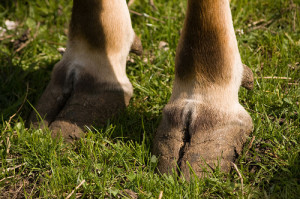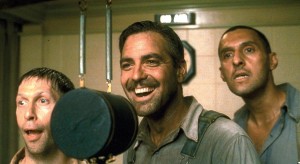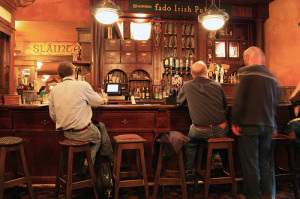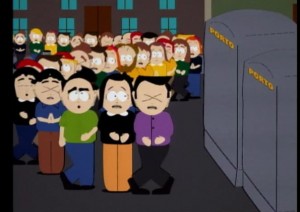It’s estimated that 30 per cent of private wells in Ireland are contaminated with E. coli arising from animal and human waste.
Meanwhile, a report by the Health Service Executive (HSE) has found that there is a growing number of VTEC – a particularly nasty form of E. coli.
Analysis shows that Ireland has the highest incidence of verotoxigenic E. coli, VTEC, or shiga-toxin producing E. coli, in Europe. Since 2011, the HSE has reported a doubling of the number of VTEC cases in Ireland from 284 in 2011, 554 in 2012 and 704 in 2013.
People treated for VTEC are four times more likely to have consumed untreated water from a private well.
VTEC infection is most common in children and in up to 8 per cent of cases patients go on to develop serious kidney complications.
“These can, on rare occasions, prove fatal. This is all preventable,” said Dr Una Fallon, Public Health Specialist in the HSE and Chair of the HSE National Drinking Water Group.
The EPA says rural families in Ireland are commonly affected and much of this is because of contaminated private wells. Consumers of water from private wells at much greater risk of VTEC than those who drink water from mains supplies, they said.
“It can take a long time for the bug to clear even after the child has become well,” said the EPA.
The EPA estimate that 50,000 private wells in Ireland are contaminated with human or animal waste which can cause significant threat to people’s health.
David Flynn, Programme Manager for the EPA said that ”people assume that because their water comes from a well or a spring that it’s completely pure and safe to drink, but that is not necessarily the case”.
“Sometimes, we find that people can develop immunity themselves, but visitors to the house, particularly children and the elderly are at risk of getting very sick,” he said.
The Environmental Protection Agency (EPA) have said that people have to do more to protect their well from contamination and have developed a new assessment tool ‘Protect your Well’.










